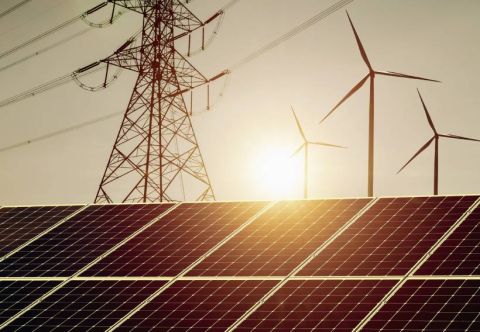Buying guide
Portable Heaters
Things to consider when buying a portable heater
Portable heaters are great for keeping the chill off a room in the warmer seasons when it's not quite cold enough to put on your heating, or are ideal to use in a pinch if your heating starts playing up in the depths of winter. But considering what type of heater to purchase can quickly become overwhelming. This handy guide will help eliminate the jargon and help you decide what heater is best for you and your family.
Where are you going to use it?
Where you are planning on using your portable heater will determine which type to purchase. For example, if you intend to use it in a garage or workshop, you will require a more robust product that has a dust filters like those incorporated in the RUG3TS. But for small bedrooms, a compact heater like the Eco Chico is ideal. If you’re after a heater for general use in living areas, you have a wide choice of all around heaters: fan and ceramic, convectors and radiators.
What type of heat do you want?
There are three main types of heat produced from portable heaters: fanned, radiant and convicted.
Fan heaters draw air over a heating element quickly by using a fan to then propel the warmed air out. Radiant heaters create rays of energy that convert to heat once it hits and is absorbed by the body or object, similar to the warmth you feel from the sun, whereas convector heaters heat up the air around you and push it out into the room. The optimum heat type for human comfort is actually a blend of 80% convected and 20% radiant heat, so look for a heater that features a mixture of both technologies like our oil-free eco portable radiators.

Defining the Future of Compliance
The compliance system for new developments is set to drastically change over the next 16 months. The consultations for Approved Documents L and F, which are expected to take place towards the end of 2019, will be the only opportunity for industry to support or appeal these changes, which have a high potential to heavily impact building design, HVAC specification and the carbon-focused mindset of the industry.

Decarbonising heat and what lessons have been learnt?
Decarbonising heat is seen as a key area to address if the UK is to achieve its net-zero 2050 target. The scale, complexity, and cost of the transition to low carbon heating technology means the industry needs time and support to adjust to the changes it faces. The much-anticipated regulatory framework and clear strategy for the energy transition process should provide a reliable platform to take on the challenges on our journey to a low carbon future.

Debunking the misconceptions of electric panel heating
Modern, energy efficient electric panel heaters that offer a high level of control to users, whilst using low carbon energy, are unrecognisable from the inefficient, clunky panel heaters of the past. Despite technological advances, the perception of electric heating mostly relates to the old technology that grew in popularity with the advent of cheaper nuclear energy in the late 1950s. Traditionally, panel heaters in homes were accompanied by storage heating to make use of the energy generated ‘off-peak’ and assist with under-utilised night-time energy available on the grid. In addition, electric heating has long been a convenient form of secondary heating, for example with the use of portable fan heaters.








